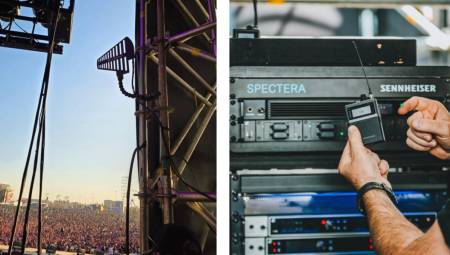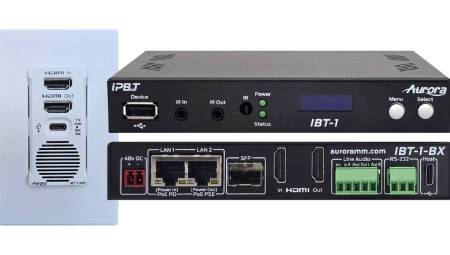 Mexico. After going around and reviewing the wallet many times, you have decided to build your dream: a home theater. At the end of the day, that space can bring the family together on Friday nights, no matter how old they are and you, nothing you would like more than to gather your children or your grandchildren around the magic of the seventh art.
Mexico. After going around and reviewing the wallet many times, you have decided to build your dream: a home theater. At the end of the day, that space can bring the family together on Friday nights, no matter how old they are and you, nothing you would like more than to gather your children or your grandchildren around the magic of the seventh art.
After the enthusiasm, comes uncertainty. Where to start? The first recommendation, made by the Mexican integrator Multimedia, would be to hire a systems integration company with the experience and reputation to achieve it, but it is also important that you as the owner know what you want and what will happen in the transformation of the spaces of your home.
Before thinking about the most grandiloquent technologies and the most exotic electronic components, you have to worry about the most important (and commonly most forgotten): our room.
The first decision will be to know where the home theater will be located? You can think of the family room, a bedroom or study or even the basement or attic. While each of these spaces has special considerations for comfort and sound quality, there are many factors in common.
Room shape. Square quarters tend to produce strange harmonic distortions. If you have the option, opt for a rectangular room and plan to place the screen and main speakers along a short wall to get the best sound projection.
Windows. The less, the better. Windows are a twofold problem: they are hard surfaces that reflect sound distortion, and they support light that can produce reflections on the display surface.
Heavy curtains and shadows help, but that means closing the blinds or curtains every time you turn on your home theater system. If necessary, opt for blackout-style window treatments to completely seal the light.
Walls. Forget that old idea of egg cartons stuck on the surface, not only do they look horrible, but they help very little. Regular drywall is a decent surface suitable for home theater walls. However, "break" large flat surfaces with furniture or curtains. Don't add glass-framed art – it's too reflective of sound and light. Concrete or concrete block is harmful to acoustics. If you are installing in a basement with concrete walls, consider installing drywall.
Other options include acoustic wall panels designed specifically for home theaters. These panels are called "acoustic absorption" panels, and they help modulate low and high frequencies, avoiding echoes, standing waves and rumbling bass. There are different brands and prices.
An economical way to help with acoustics is to manufacture wooden frames and coat them with "heavy" fabric, using this only on side walls.
Remember that there are two concepts in acoustics for your TV room or Home Theater. One is soundproofing, whose purpose is to make the sound not escape from that room contaminating other spaces or even the neighbors. Another thing is acoustic conditioning, here it is about controlling the sound, pursuing a balance between reflections and absorptions also looking for a consistent frequency response.
Floors. In order not to make it complicated opt for wall to wall carpet, better the one that has thick and padded under carpet, this helps the absorption of sound and is very comfortable for bare feet.
Color of the walls. Paint your walls as dark as you can stand them: bright colors reflect the distracting light especially when there's a brightly lit scene on the screen. Use matte paints, any other finish is "forbidden".
It can occupy neutral browns, tanned or olive tones. Stronger colors, such as red and blue, will give a strange look to any ambient light and can affect the colors you see on the screen.
Then will come the issues of sound, image, lighting and control.









































































































